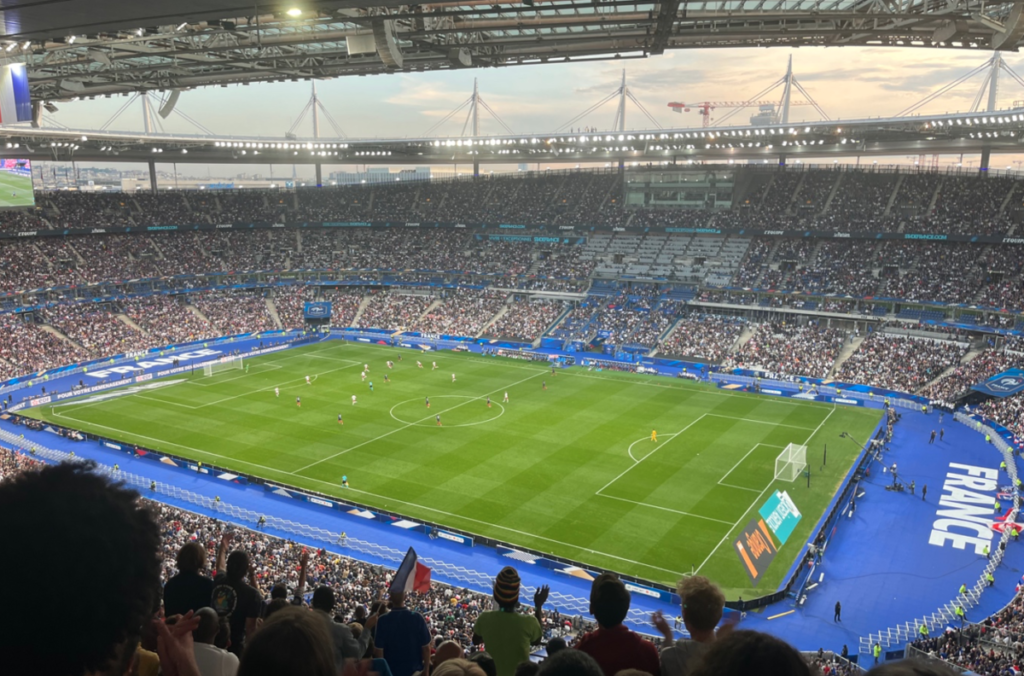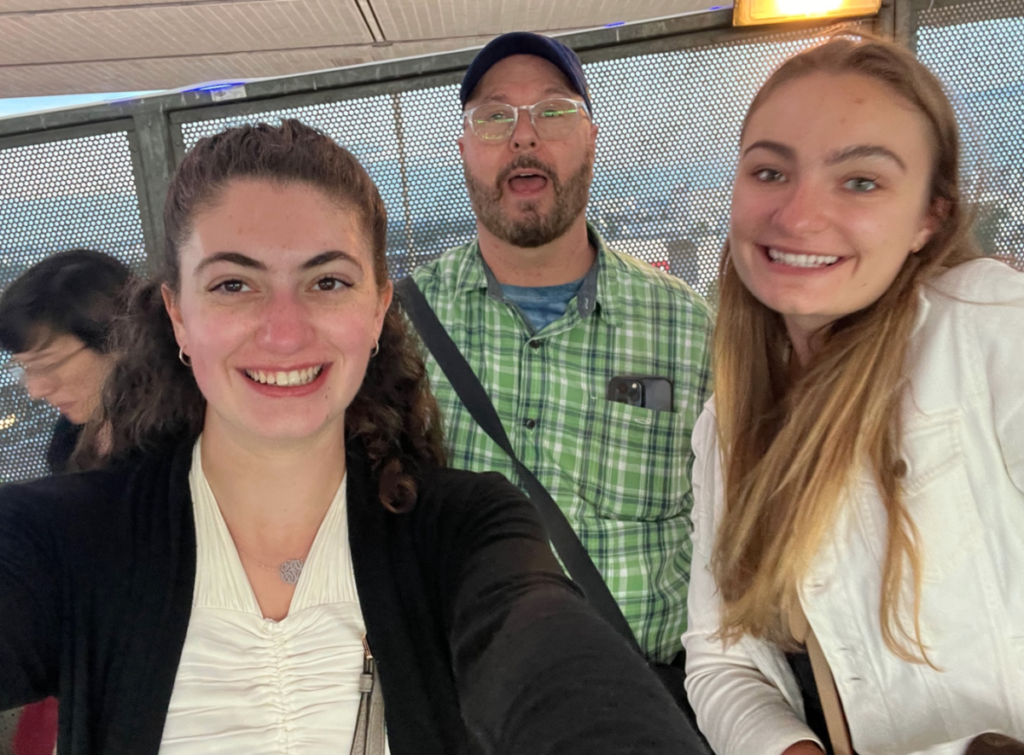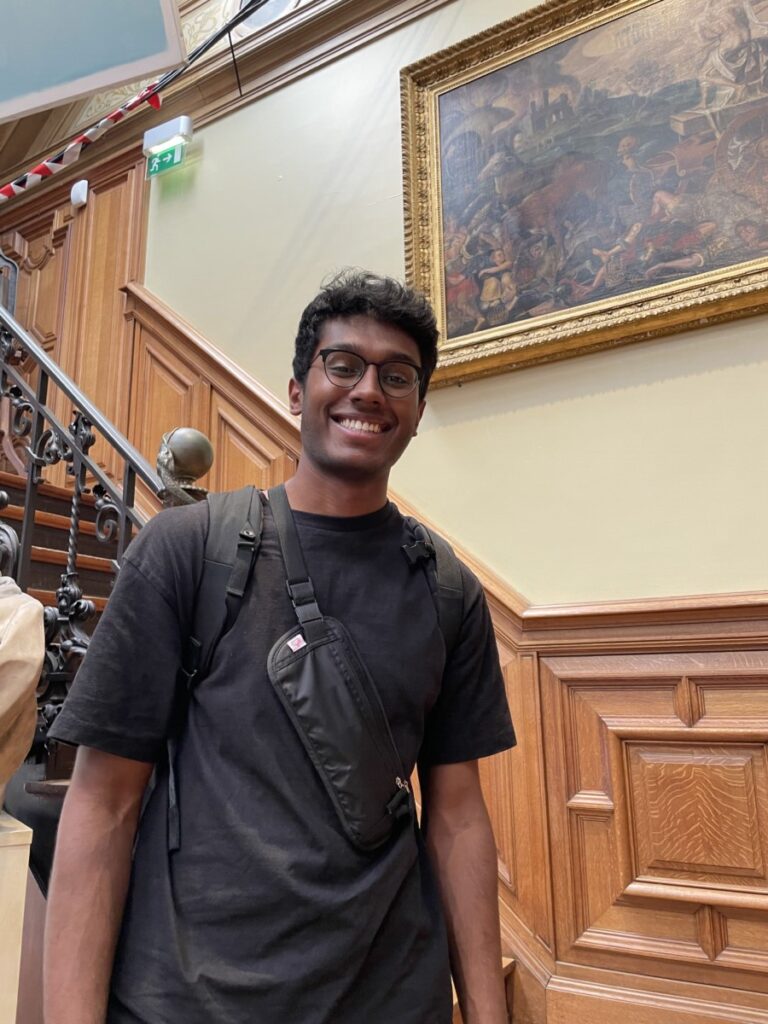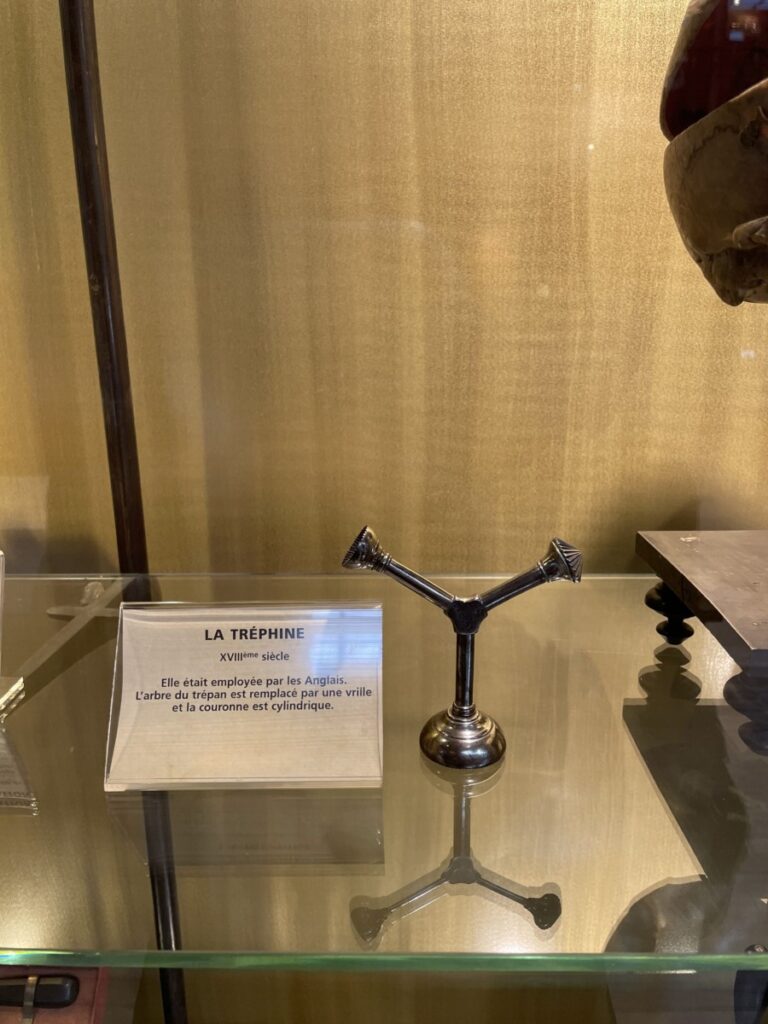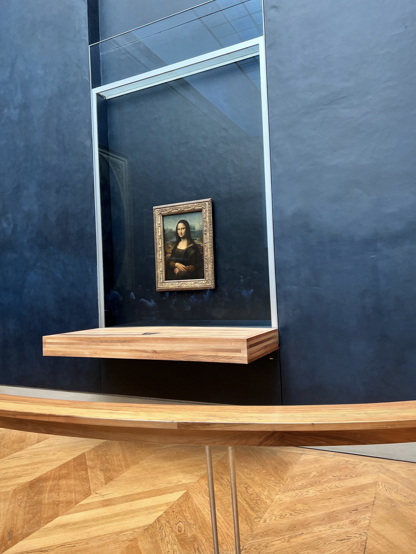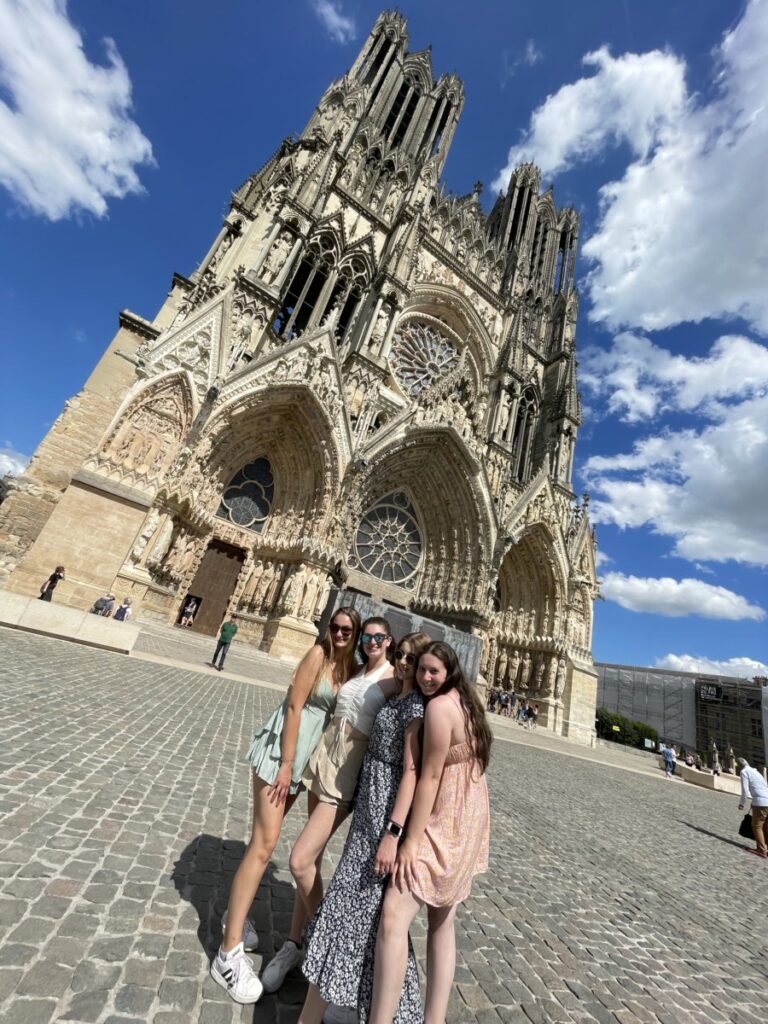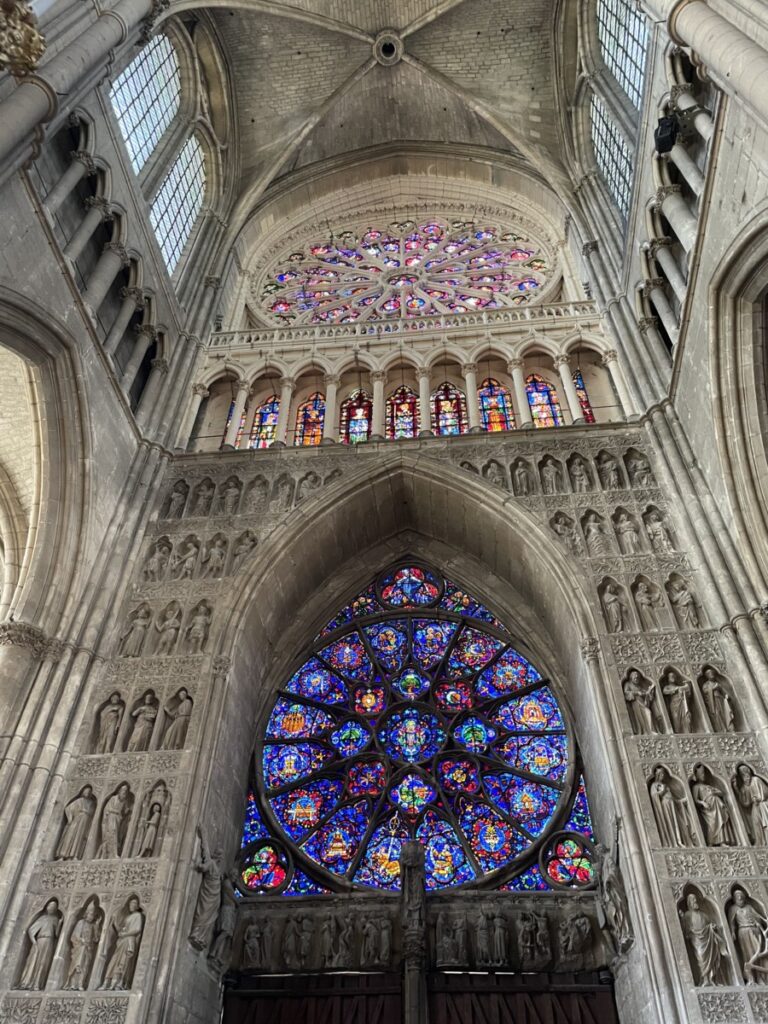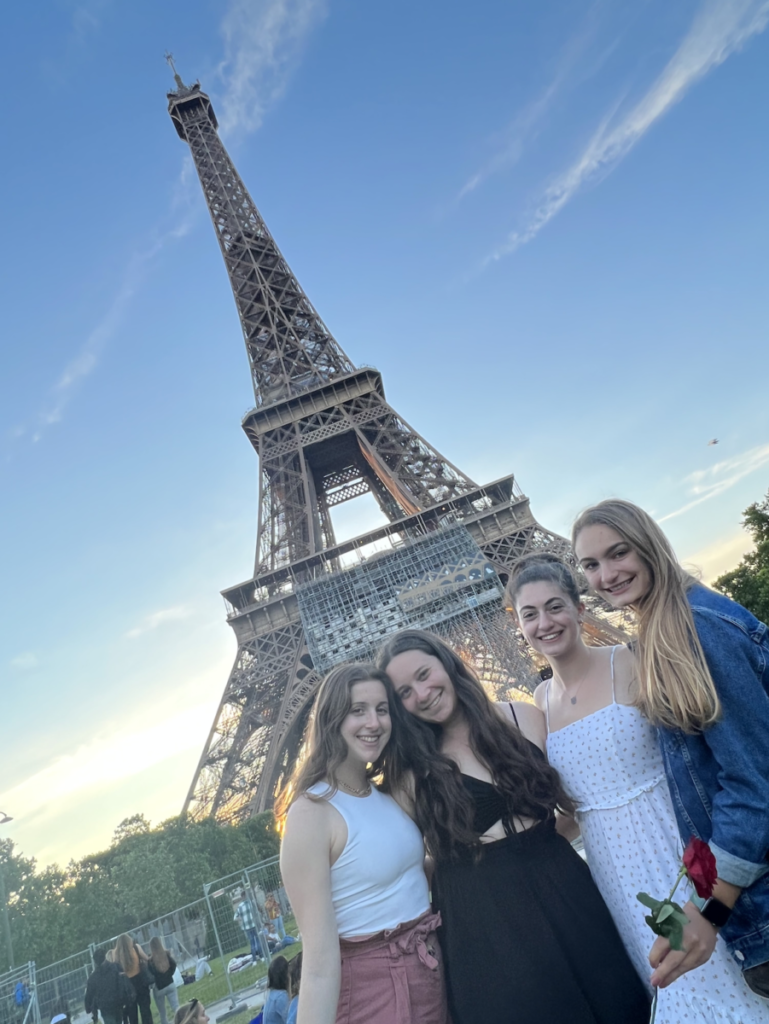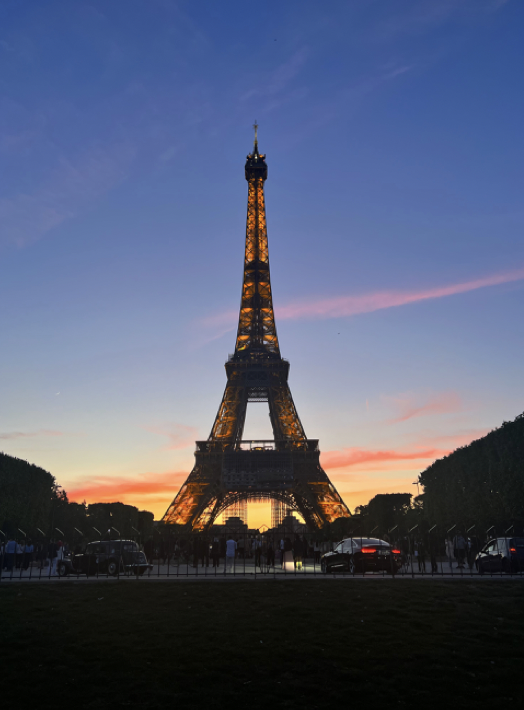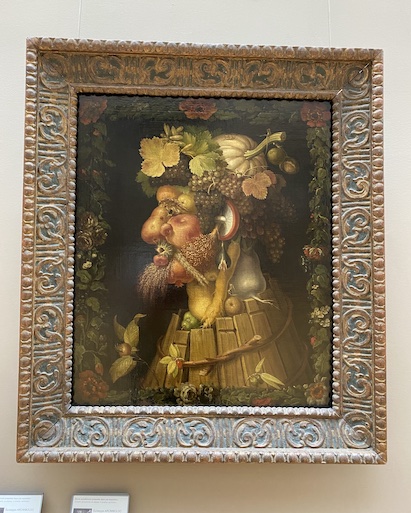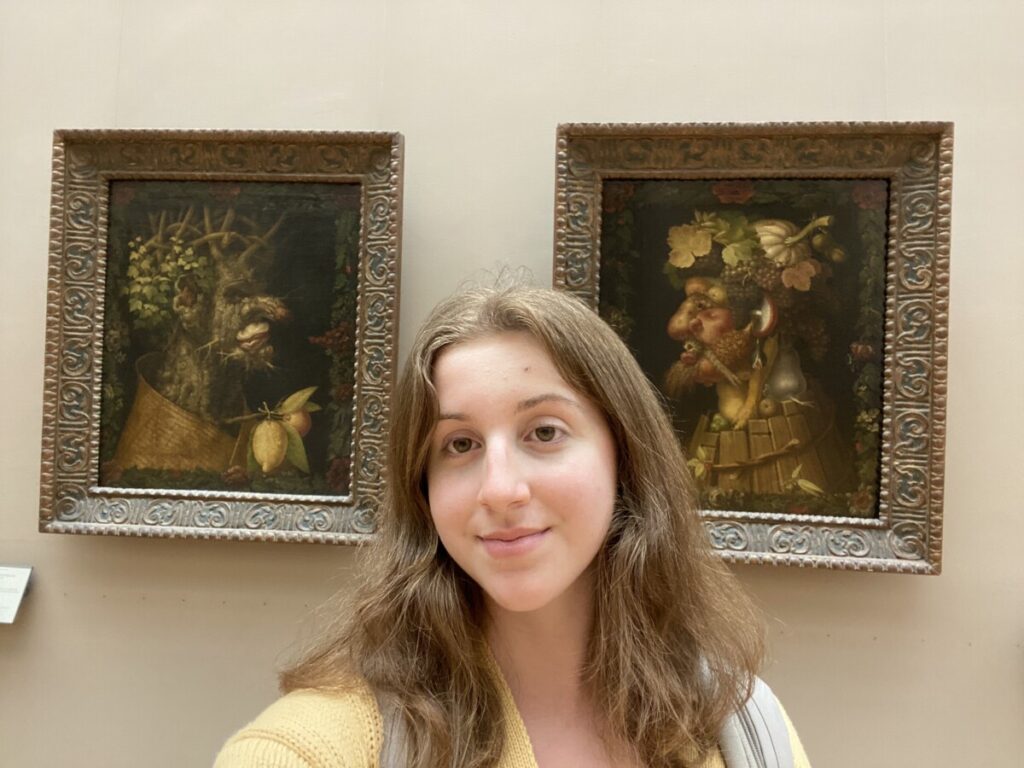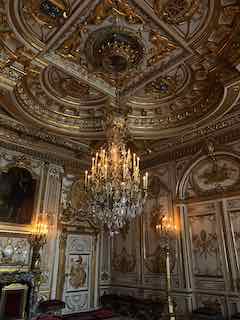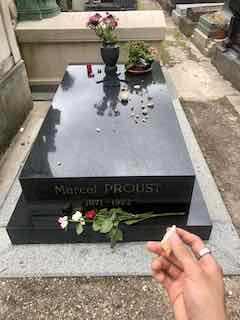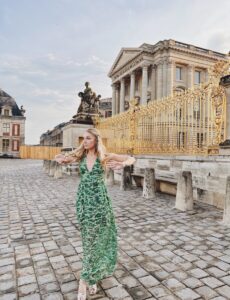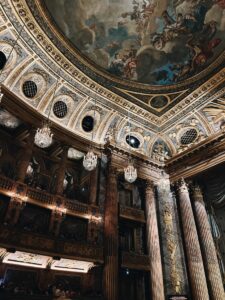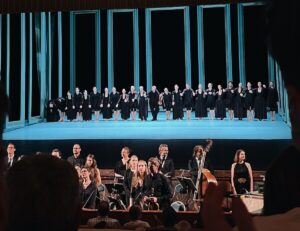This week I spent most of my time in Hell! As many of you know, I contracted COVID-19 last week and had to quarantine for 5 days. My experience was awful. There is no sugar coating it. The virus drained me both physically and mentally.
Prior to quarantining, we went to the Soccer game which was amazing but I’m pretty sure that that’s the day of first exposure resulting in me contracting Covid.

Fast forward to this past Monday night when I started to feel low energy. I knew that my immune system was on alert but I thought it was just a sinus problem. The next day, however, I started to feel some serious fatigued and was told to get tested. When I got the positive result, I was heartbroken. This was my first time contracting COVID so I didn’t know what to expect.
The physical symptoms were hard but manageable but the mental ones really hit me. During that time, I had felt isolated, depressed, and lonely but also simultaneously stressed about missing all this work. In thinking about this loneliness I searched for any additional information. From what I found I learned that the “lonely areas” in the brain are the amygdala as it is the emotion-center of the brain but also the Nucleus Accumbens which provides a positive reward aspect during social feedback (Lieberz et al. 2021). I also learned the NAcc is less activated during times of loneliness which may contribute to an overall lack of motivation( Lieberz et al. 2021). With no social feedback and the same environmental stimulus, no wonder why I lacked the motivation to do anything. I think it was the loneliness that was preventing me from working
One thing that helped me through all this loneliness was all the people supporting me I’m extremely grateful for my classmates who reached out and checked in on me and sent wishes to get better. These very kind messages did wonders for my immune system as well as my overall hope of getting through this. I’m even more grateful to my roommate Adway for making me soups for the past couple of days and Duke for disinfecting any surface that I touched to ensure that I would spread this horrid virus to anyone else. I’m also really grateful for my Mom and partner who were rooting for me through this dark time. Also, shout out to the two Squishamallows that my partner packed for me. These guys are the real pillars of my mental health!!
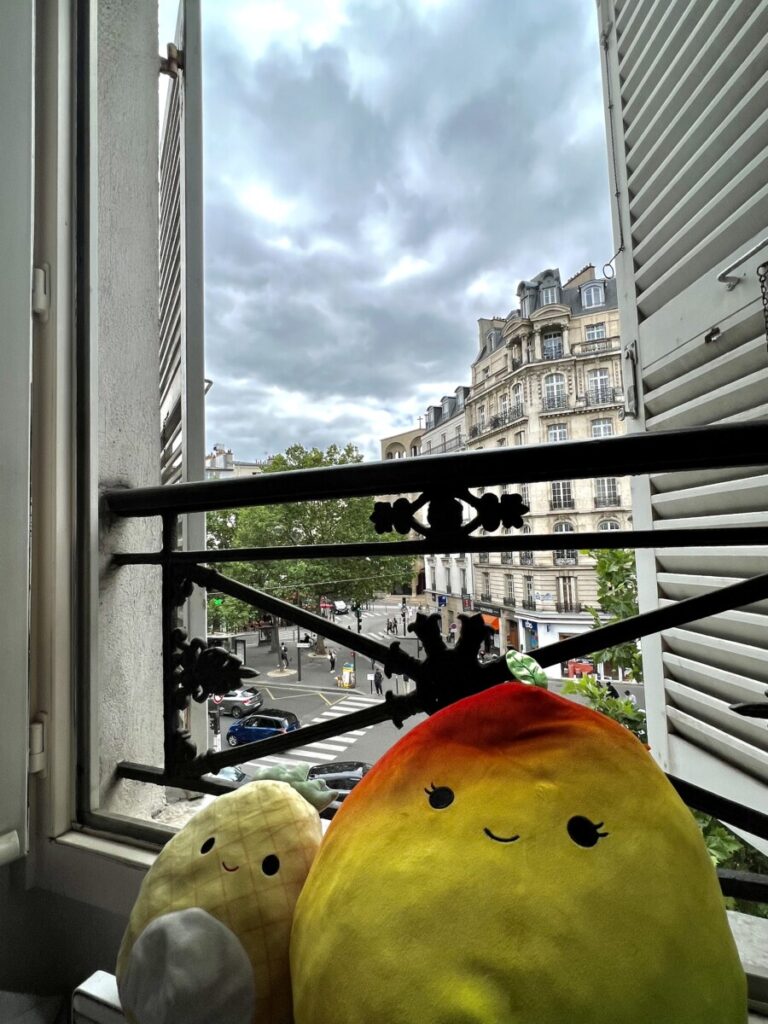
Lieberz, J., Shamay-Tsoory, S. G., Saporta, N., Kanterman, A., Gorni, J., Esser, T., Kuskova, E., Schultz, J., Hurlemann, R., & Scheele, D. (2021). Behavioral and neural dissociation of social anxiety and loneliness. https://doi.org/10.1101/2021.08.25.21262544

